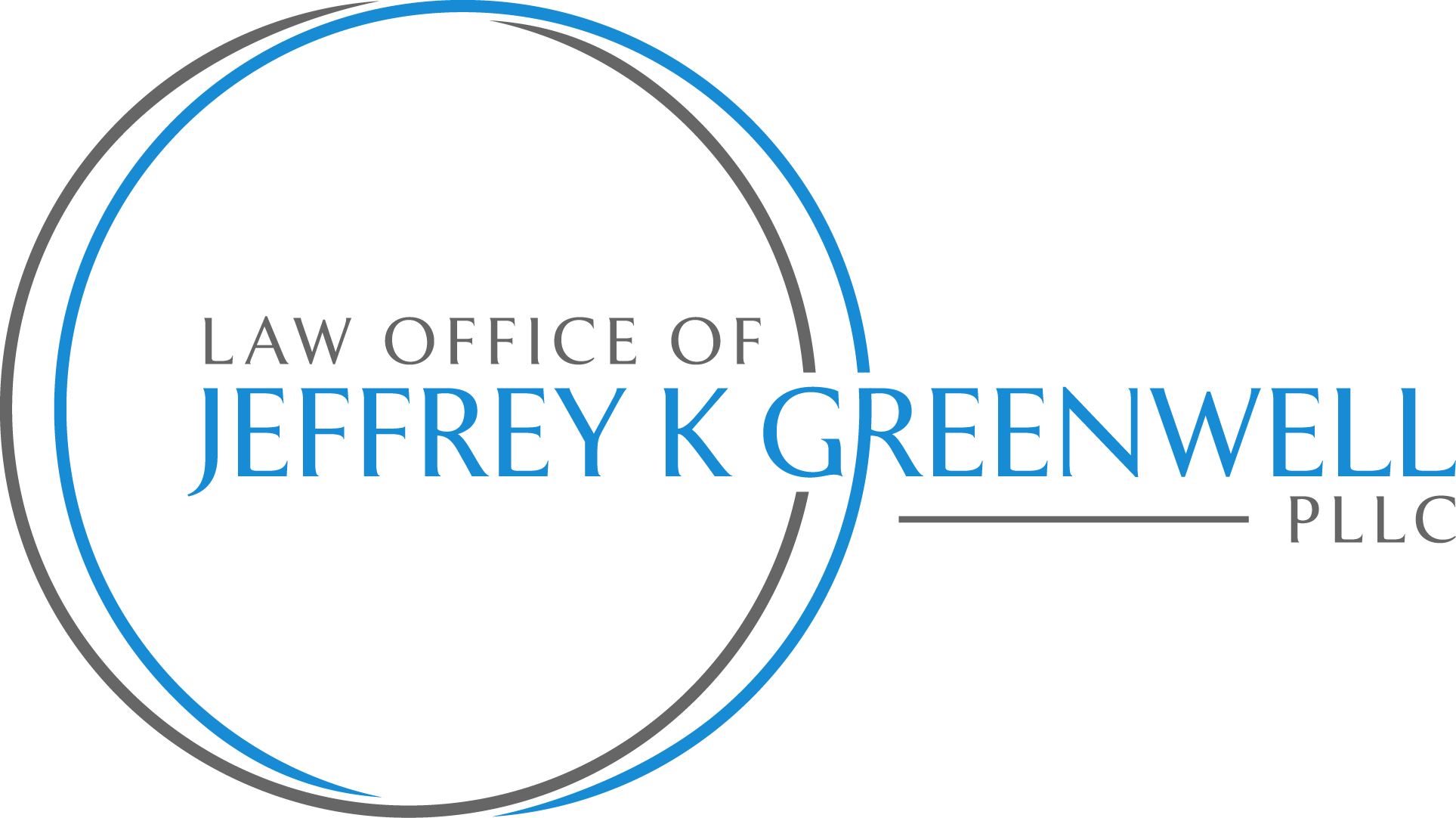The Centers for Disease Control and Prevention (CDC) just asserted its COVID-fighting power by issuing a new eviction moratorium that will stop most residential evictions through 2020.

On Friday, September 4, 2020, a federal order went into effect temporarily stopping certain residential evictions throughout the country. Issued by the Centers for Disease Control and Prevention (“CDC”), it’s titled “Temporary Halt in Residential Evictions To Prevent the Further Spread of COVID-19.” The legal basis and purpose of the Order are “to temporarily halt residential evictions to prevent the further spread of COVID-19.”
It covers residential rentals, NOT home mortgage foreclosures.
The Renters Covered by this Order
The CDC Order states that any “landlord… shall not evict any covered person from any residential property… during the effective period of the Order.”
Most residential renters unable to pay their rent likely qualify as a “covered person.” To be a “covered person” an individual must meet a number of conditions:
- Either “(i) expects to earn no more than $99,000 in annual income for Calendar Year 2020 (or no more than $198,000 if filing a joint tax return), (ii) was not required to report any income in 2019 to the U.S. Internal Revenue Service, or (iii) received an Economic Impact Payment (stimulus check) [under] the CARES Act.”
- Has “used best efforts to obtain all available governmental assistance for rent or housing.”
- Is “unable to pay the full rent” because of one or more of the following:
- a “substantial loss of household income
- a reduction in “hours of work or wages”
- lay-off
- “extraordinary [unreimbursed] out-of-pocket medical expenses” (exceeding 7.5% of adjusted annual income)
- Eviction would likely result in either homelessness “or force the individual to move into and live in close quarters in a new congregate or shared living setting—because the individual has no other available housing options.”
Covers All “Residential Property” through the End of 2020
The Order is very broad, including “any property leased for residential purposes.” This explicitly includes “any house, building, mobile home or land in a mobile home park, or similar dwelling leased for residential purposes… .” Because this list is inclusive it MAY include other types of rental circumstances not listed (such as a rented houseboat?). “Residential property” does NOT include “any hotel, motel, or other guest house rented to a temporary guest or seasonal tenant.”
The Order is effective from September 7 through December 31, 2020. It could possibly be “extended, modified, or rescinded” at any time.
Renters’ Declaration to Qualify for the Protection
The procedure to take advantage of the eviction moratorium seems to be straightforward. The tenant reviews, signs, and gives the landlord a two-page declaration form. Here is the Declaration as provided by the CDC.
It starts with a quick explanation of how to use the Declaration. It then lists the qualifying conditions listed above (and a couple of others discussed below).
Each adult renter included on “the lease, rental agreement, or housing contract should complete” it. Deliver a copy to your landlord, property owner, or whoever has the right to evict.
It must be signed under penalty of perjury. Meaning “you can be prosecuted, go to jail, or pay a fine if you lie, mislead, or omit important information.”
Major Potential Penalties for Noncomplying Landlords
The Order includes serious criminal penalties for landlords that don’t comply. Potential fines range from up to $100,000 and/or a year in jail for individual violators and $200,000 for business violators. If a violation “results in death,” the potential fines are two and a half times higher.
Significant Limitations of the Order
The most important practical problem with this Order is that tenants must still pay the missed rental payments later. Immediately after December 31, 2020, the landlord “may require payment in full for all payments not made.” These include payments missed both before and during the moratorium period. The amount due can also include all “fees, penalties, or interest for not paying rent” allowed under your rental agreement.
Furthermore, even during the moratorium period, the tenant must make partial rent payments “as close to full payment as the individual’s circumstances permit.”
Also, careful: evictions can continue during the moratorium for reasons other than nonpayment of rent. Specifically, the Order does not stop evictions for:
“(1) Engaging in criminal activity while on the premises;
(2) threatening the health or safety of other residents;
(3) damaging or posing an immediate and significant risk of damage to property;
(4) violating any applicable building code, health ordinance, or similar regulation relating to health and safety; or
(5) violating any other contractual obligation, other than the timely payment of rent or similar housing-related payment (including non-payment or late payment of fees, penalties, or interest).”
Note: the Order does not stop any state or locality from creating a stricter moratorium on residential evictions.
Last thing: the Order does nothing for landlords who need tenant rental payments to pay their own mortgages. Because of prior state and local eviction moratoria, many landlords have already not been receiving rental income for months. The Order essentially passes the economic pain temporarily from tenants to landlords.
This impact on landlords, and the short-term relief for tenants, put pressure on Congress for a better solution.

